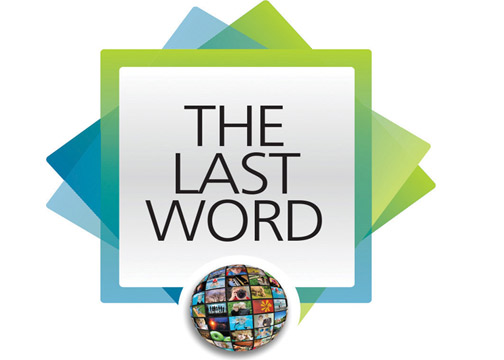
When it comes to driving growth, one of the most pressing problems facing Fortune 500 companies is that they are Fortune 500 companies. For years, being big mattered. Scale created advantages across all aspects of the business. Become the biggest—so the logic went—and you would have unrivaled access to capital, global reach, expansive networks and a powerful ability to spend on the best in R&D, technology, marketing, sales, facilities and people.
Driving Forces

Today, the balance of power has irrevocably shifted from big companies in favor of both smaller, nimbler upstarts and consumers. This is being driven by competitive market changes and significant new dynamics in consumer preferences and behaviors. The following trends are tearing away at the traditional benefits of being big while also turning the tables to enable small companies to flourish.
Everybody has a megaphone. Industries as far and wide as health care and retail are being completely uprooted by social media and the impact of digital. For industries such as media, this has ushered in a whole new set of disruptors, driven by a democratization of content creation. Mobile devices enable anyone to be a photographer or videographer, while social media gives everyone a platform for sharing that content.
People desire more personalized interactions. Digital services as varied as Google Now for intelligent recommendations, Flipboard for tailored news, and Glow for data-driven fertility advice all enable increased personalization. Consumers have come to expect the companies they interact with to know who they are and what they prefer. It’s a move back to the day of the local shopkeeper who knew your preferences, powered by digital and the troves of data available on us.
In the age of what Forbes has coined “me-commerce,” companies capitalizing on personalization are poised to win. For the first time since Interbrand began issuing their Best Global Brands report 15 years ago, the top retail brand on the list was a brand that mostly does not even sell its own products. Ranking above Louis Vuitton and H&M was Amazon, which has an entire team dedicated to personalization and recommendations.
The ankle biters are becoming serious competition. Technology has given small companies the ability to punch well above their weight. They can now conceptualize, fund, develop, market and sell their goods/services at a pace and cost base the big companies simply can’t match.
One look at the Pebble smartwatch reveals how the nature of competition has changed. After surpassing their Kickstarter fundraising goal of $500,000 in just 17 minutes, they went on to raise $20 million for their latest watch, Pebble Time. As Yancey Strickler, the CEO of Kickstarter pointed out: “The Pebble Time project will show that the real power and utility of our platform is not in money; it’s in community and distribution.”
The truth is that Kickstarter, in addition to being a fundraising platform, has become a mega marketing platform for product companies. Add to that the principles of lean and iterative product development that many small companies are able to integrate, and the speed and agility at which today’s new competition can enter the market is faster than ever.
Business strategies are rapidly evolving. Across many industries, access has begun to supersede ownership. Companies ranging from Spotify to Lending Club to TaskRabbit have shown how businesses that enable the sharing, borrowing and “renting” of goods and services can create a major competitive advantage in markets where established leaders are burdened by high fixed costs, legacy technology, and organizational structures designed for the traditional competitive dynamic.
A now classic example is Netflix. As late as 2008, former Blockbuster CEO Jim Keyes stated that Netflix was not “even on the radar screen in terms of competition.” And yet within two years, Blockbuster was bankrupt and Netflix was on pace to acquire over 65 million global streaming subscribers.
Taking Action
Given this dynamic commercial and consumer environment, it is little surprise that big companies are facing a situation in which their scale has been transformed from a killer asset into a real liability. Companies must be willing to ask themselves the tough questions: as a big company, how do you remain innovative? More specifically, in a world that favors the underdog and where change is inevitable, how can you embrace a more nimble approach while still harnessing your inherent scale?
Pete Maulik is managing partner and chief growth officer at Fahrenheit 212, where he is responsible for driving growth for the firm and its clients’ businesses. With more than 20 years spent working with Fortune 500 companies and private equity firms on a range of growth projects, Maulik knows what it takes to create real innovation for companies and drive change in the marketplace. Since helping to launch the firm in 2005, he has been involved in more than 200 projects. A speaker, lecturer and writer, Maulik has been featured in the Wall Street Journal, Financial Times, Harvard Business Review, Fast Company, Private Equity International and Inc.





